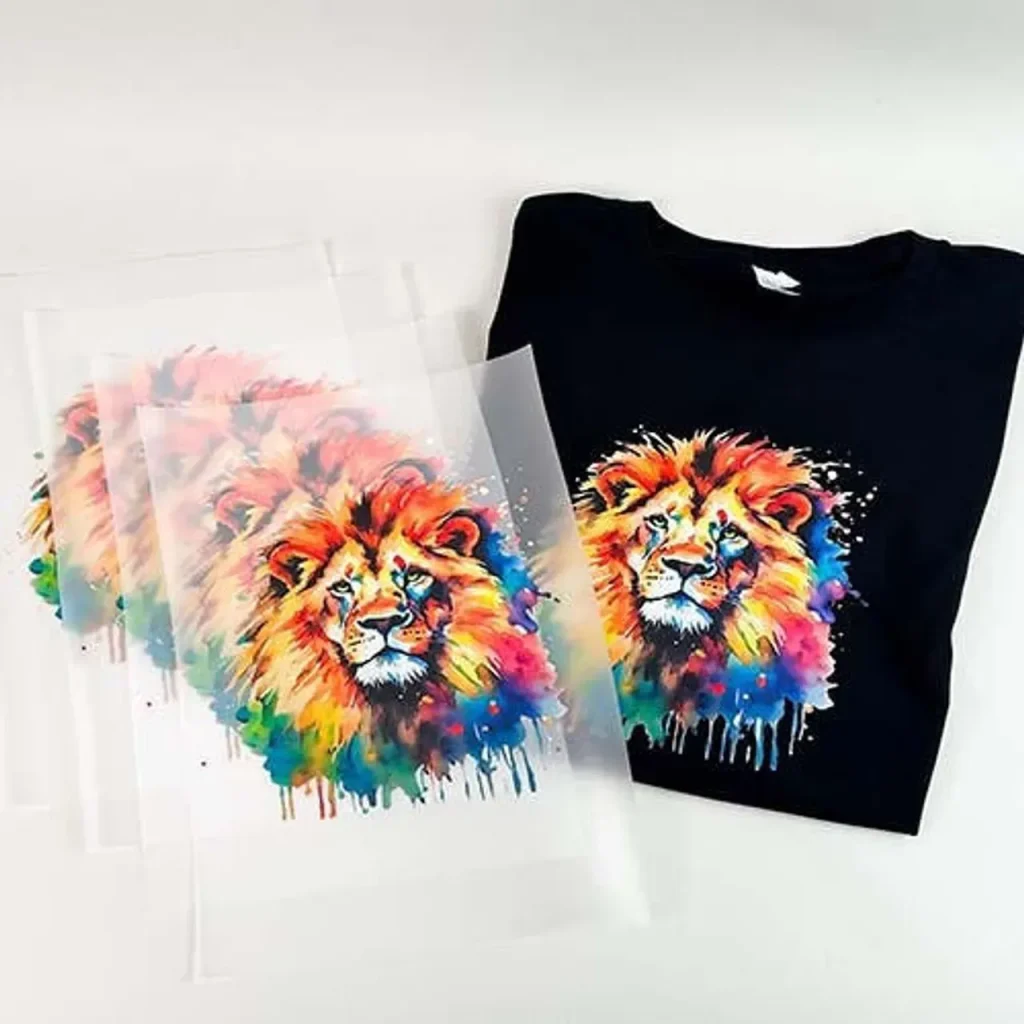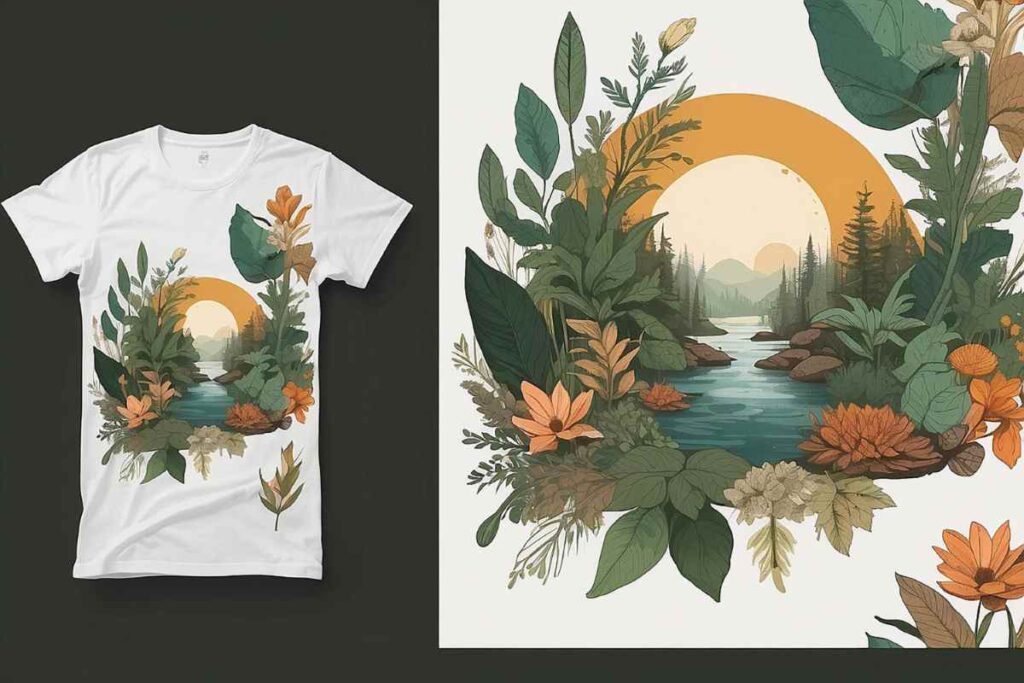DTF transfers, or Direct-to-Film printing, have revolutionized the way we approach textile customization, allowing for vibrant and durable designs that can withstand the test of time. This innovative technique not only offers versatility for various substrates but also requires a keen understanding of specific DTF printing techniques for optimal results. Key components, such as the quality of DTF films and the right adhesive powder for DTF, play a crucial role in achieving flawless transfers. By embracing effective DTF transfer tips, users can effectively elevate their custom apparel game to new heights. In this guide, we’ll delve into essential strategies to perfect your DTF printing process for consistently stunning results.
When discussing fabric decoration methods, many enthusiasts refer to techniques like Direct-to-Film (DTF) printing, which has become increasingly popular for its efficient transfer of designs onto garments. This method stands out due to its ability to produce high-quality prints, making it a prime choice for those seeking professional-grade finishes on their textiles. Utilizing premium films and ensuring proper application of adhesive powders are integral parts of successfully executing DTF transfers. As we explore comprehensive methods and tips, it’s essential to understand the nuances that contribute to effective film transfers, empowering hobbyists and professionals to refine their craft in the world of apparel customization.
Understanding DTF Transfers: The Basics
DTF (Direct-to-Film) transfers offer a cutting-edge solution for those looking to personalize fabric with vibrant designs. This method involves printing artwork onto a specialized film, which is then transferred onto the substrate using a heat press. The versatility of DTF printing allows for use on various materials, including cotton, polyester, and even blends, making it an attractive choice for apparel customization. By grasping the fundamental principles of DTF transfers, you pave the way for polished and professional outcomes.
As you begin your DTF printing journey, it’s essential to familiarize yourself with the equipment required, including high-quality printers, films, and heat presses. Understanding how each element interacts is crucial for successful application, ensuring colors are vivid and durable. Additionally, knowing the intricacies of the DTF process will help avoid common mistakes, thus promoting a seamless workflow.
Frequently Asked Questions
What is DTF printing and how does it work?
DTF (Direct-to-Film) printing is a transfer technique that prints designs onto a special film, which is then applied to a substrate, usually fabric. The process involves printing a design onto the film, applying adhesive powder to the wet ink, curing it, and finally using a heat press to transfer the design onto the garment, ensuring vivid color and durability.
What are essential tips for achieving flawless DTF transfers?
To achieve flawless DTF transfers, start by choosing high-quality DTF films, maintaining proper printer settings, optimizing ink sizing, and preheating the transfer surface. Additionally, ensuring an even application of adhesive powder, following proper curing times, using a reliable heat press, conducting wash tests, and avoiding overstretching are crucial for successful DTF printing.
How important is the quality of DTF films in the transfer process?
The quality of DTF films is vital for successful transfers, as high-quality films guarantee better ink adhesion, vibrant colors, and minimal issues like peeling or fading. Investing in reputable brands ensures a professional finish and reduces the likelihood of disappointing results.
What type of adhesive powder is best for DTF transfers?
For the best DTF transfers, choose an adhesive powder specifically designed for DTF applications. It is crucial to apply the adhesive evenly to ensure proper coverage of the design; inadequate or uneven application can compromise the transfer’s durability and quality.
What printer settings should I adjust for optimal DTF printing results?
For optimal DTF printing results, adjust the printer settings to match the specifications needed for DTF, including temperature settings, print speed, and ink density. Proper calibration is essential to minimize issues such as ink smudging and ensure accurate reproduction of your designs.
How can preheating affect the DTF transfer process?
Preheating the transfer surface before applying the DTF transfer helps eliminate moisture, promoting better adherence of the design to the fabric. This step not only enhances bonding but also ensures a more durable and professional-looking finish.
| Tip Number | Tip Title | Description |
|---|---|---|
| 1 | Choose Quality Films | Invest in high-quality DTF films for better adhesion and vibrant colors. |
| 2 | Maintain Proper Printer Settings | Adjust printer settings to the specifications for DTF printing to avoid common issues. |
| 3 | Optimize Ink Sizing | Use specialty inks designed for DTF to ensure color vibrancy and good adhesion. |
| 4 | Preheat the Transfer Surface | Preheating helps eliminate moisture for better adherence of the transfer. |
| 5 | Use the Right Adhesive Powder | Apply adhesive evenly to cover the entire design for successful transfers. |
| 6 | Proper Curing Time | Follow curing time recommendations to avoid under or over-curing. |
| 7 | Experiment with Pressure and Temperature | Adjust heat and pressure levels based on the substrate for better adherence. |
| 8 | Use a Quality Heat Press | Select a heat press that provides uniform temperature and pressure. |
| 9 | Conduct Wash Tests | Test samples for durability under washing conditions before mass production. |
| 10 | Avoiding Overstretching | Handle garments carefully after transfer to prevent design damage. |
Summary
DTF transfers are a fantastic method for achieving high-quality prints on various substrates. By following the ten tips outlined for successful DTF transfers, you can enhance the durability and visual appeal of your designs. This process not only requires quality materials, such as films and inks, but also careful attention to printing techniques and finishing touches. Employing best practices, such as preheating your substrate and conducting wash tests, ensures customer satisfaction and impressive results. Ultimately, understanding and mastering these tips will empower you to become a proficient DTF printing professional, catering to the customization needs of your market.


